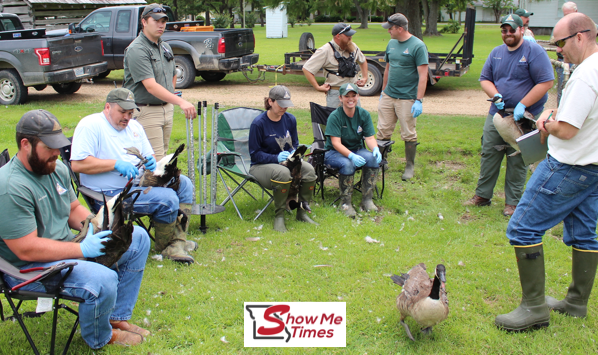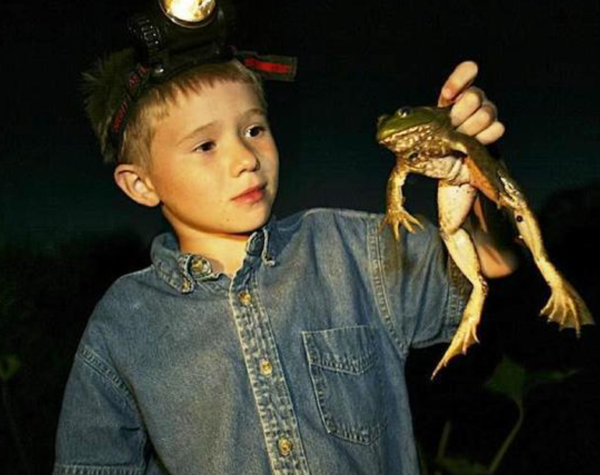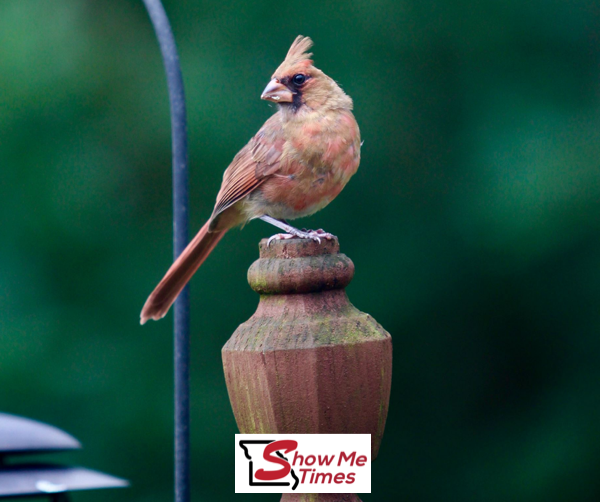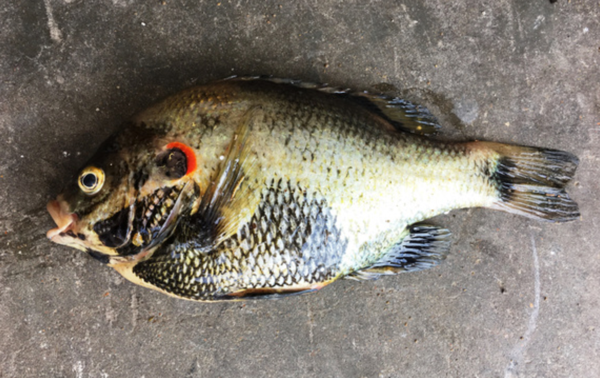


Apply online starting July 1 for a shot at more than 100 MDC managed deer hunts
Apply starting July 1 at mdc.mo.gov/managedhunt for a shot at more than 100 hunts.
Missouri - Beginning July 1, deer hunters can apply online through the Missouri Department of Conservation’s (MDC) website for a shot at more than 100 managed deer hunts throughout the state for archery, muzzleloading, and modern firearms from mid-September through mid-January at conservation areas, state and other parks, national wildlife refuges, and other public areas. Some managed hunts are held specifically for youth or for people with disabilities.
The managed deer hunt application period is July 1 - 31. Hunters are selected by a weighted random drawing. Draw results will be available Sept. 1 through Jan. 15. Applicants who are drawn will receive area maps and other hunt information by mail.
Get more information on managed deer hunts, preview hunt details, and apply starting July 1 at mdc.mo.gov/managedhunt.
Details about managed hunts can also be found in MDC's "2017 Fall Deer & Turkey Hunting Regulations and Information" booklet available starting in early July at MDC offices and nature centers, from permit vendors around the state, and online at mdc.mo.gov.

Naturalists encourage bird baths, feeding and keeping an eye out for summertime nesters.
The Missouri Department of Conservation (MDC) says summertime is for the birds. According to MDC naturalist Angela Pierce, though spring is when birds may come to mind the most, there are many reasons to consider them in the hotter months.
“Many birds can use some help to beat the summertime heat,” said Pierce. “Bird baths, especially at different height levels, can provide backyard birds with a refreshing chance to get a drink or cool off with a bath.”
Pierce recommends changing the bird bath water periodically to cut down on mosquitos and clean it occasionally with a scrub brush to prevent the spread of diseases.
Though many people feed birds in winter, bird feeding is also beneficial in the summer months. Pierce recommends adding different foods to the normal backyard menu such as artificial nectar for hummingbirds, oranges and grape jelly for Orioles and mealworms for bluebirds. For the artificial nectar, mix ¼ cup sugar to 1 cup water and pour into a hummingbird feeder.
Pierce said to be on the lookout for summertime nesters such as American goldfinches, American robins and mourning doves. American goldfinches start nesting in June or July. They feed their young seeds, so they must wait until these seeds develop on plants. American robins continue to nest in summer, having up to three broods. The mourning dove beats the robin by having up to six broods a year, nesting well into the early fall.
“Summer-time nesters sometimes cause people to worry,” Pierce said. “It can surprise people to see baby birds that haven’t quite figured out how to fly and end up falling out of the nest, but people should not interfere with fledgling birds.”
Instead, Pierce suggests not drawing attention to the young bird, staying a distance away and leaving it alone. Keep pet cats or dogs away from the fledgling and realize the bird’s parents are keeping a close watch from a distance.
“Bird parents will only return when people aren’t around,” Pierce said.
More information about summertime birding will be included in “What’s the Buzz,” an upcoming free program at the Cape Girardeau Conservation Nature Center, Saturday, June 17, from 1 to 3 p.m. No registration is required for this event. Participants will learn how birds, bees, butterflies and even bats work to pollinate flowers throughout the summer.

Taney County angler catches state-record sunfish
Congratulations to Dominik Penner on breaking the state record by catching a 1-pound, 5-ounce redear sunfish on a trotline.
Taney County, Missouri - The Missouri Department of Conservation (MDC) reports Dominik Penner of Merriam Woods Village became the most recent record-breaking angler in Missouri when he caught a redear sunfish on Table Rock Lake. The new “alternative method” record fish caught by Penner on May 14 weighed 1 pound, 5 ounces. Penner’s recent catch broke the previous state record of 1-pound, 1-ounce, caught earlier this year.
Penner caught the fish on a trotline. A trotline is a heavy fishing line with baited hooks attached at intervals by means of branch lines called snoods. A snood is a short length of line which is attached to the main line using a clip or swivel with the hook at the end.
MDC weighed the redear sunfish on a certified scale at Shepherd of the Hills Fish Hatchery in Branson.
“This is the sixth state-record fish this year. 2017 is shaping up to be a year for state-record fish,” said MDC Fisheries Programs Specialist Andrew Branson. “The mild weather we have had this year means more anglers are fishing, and catching big fish.”
Missouri state-record fish are recognized in two categories: pole-and-line and alternative methods. Alternative methods include: throwlines, trotlines, limb lines, bank lines, jug lines, spearfishing, snagging, snaring, gigging, grabbing, archery, and atlatl.

